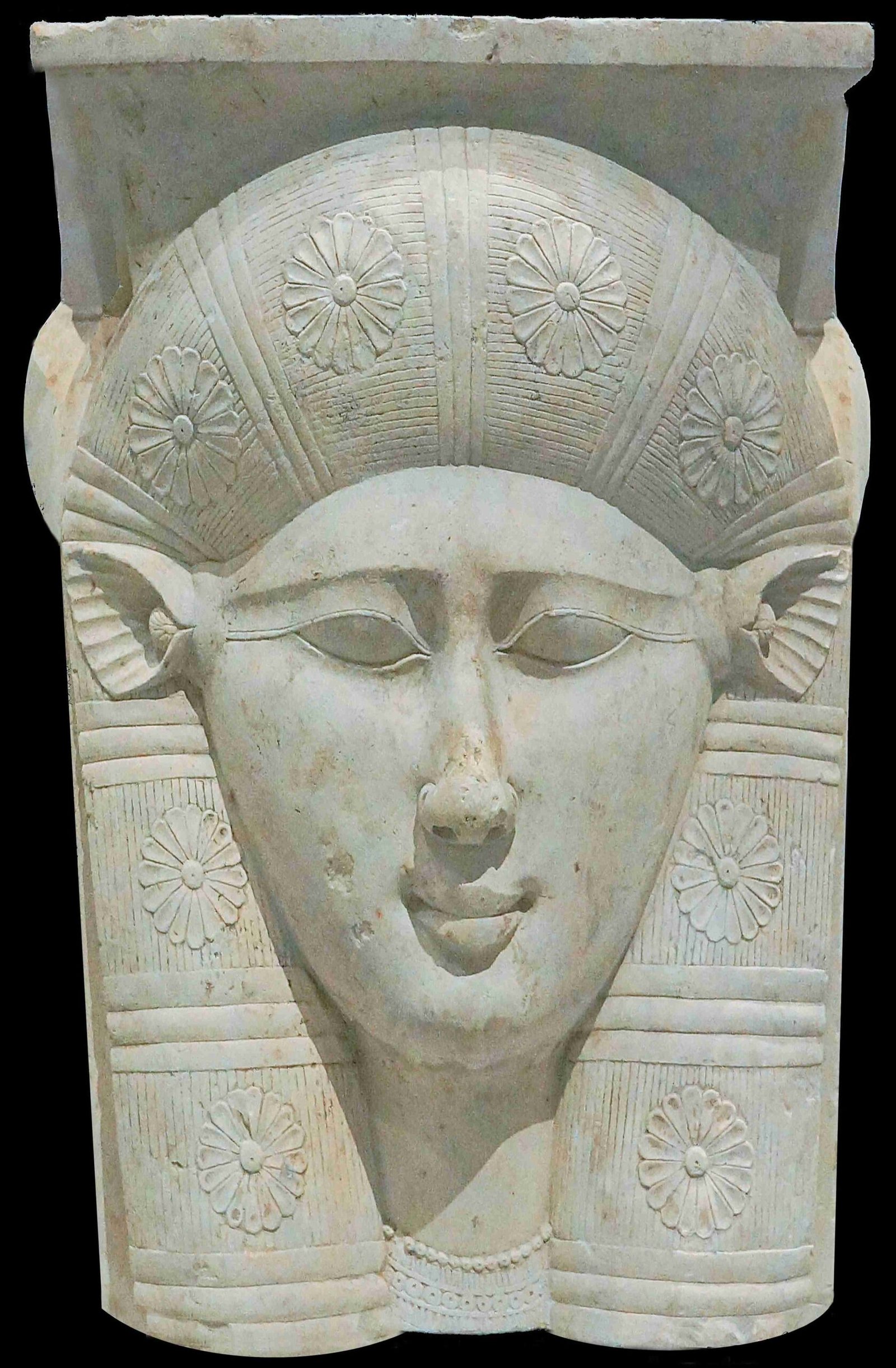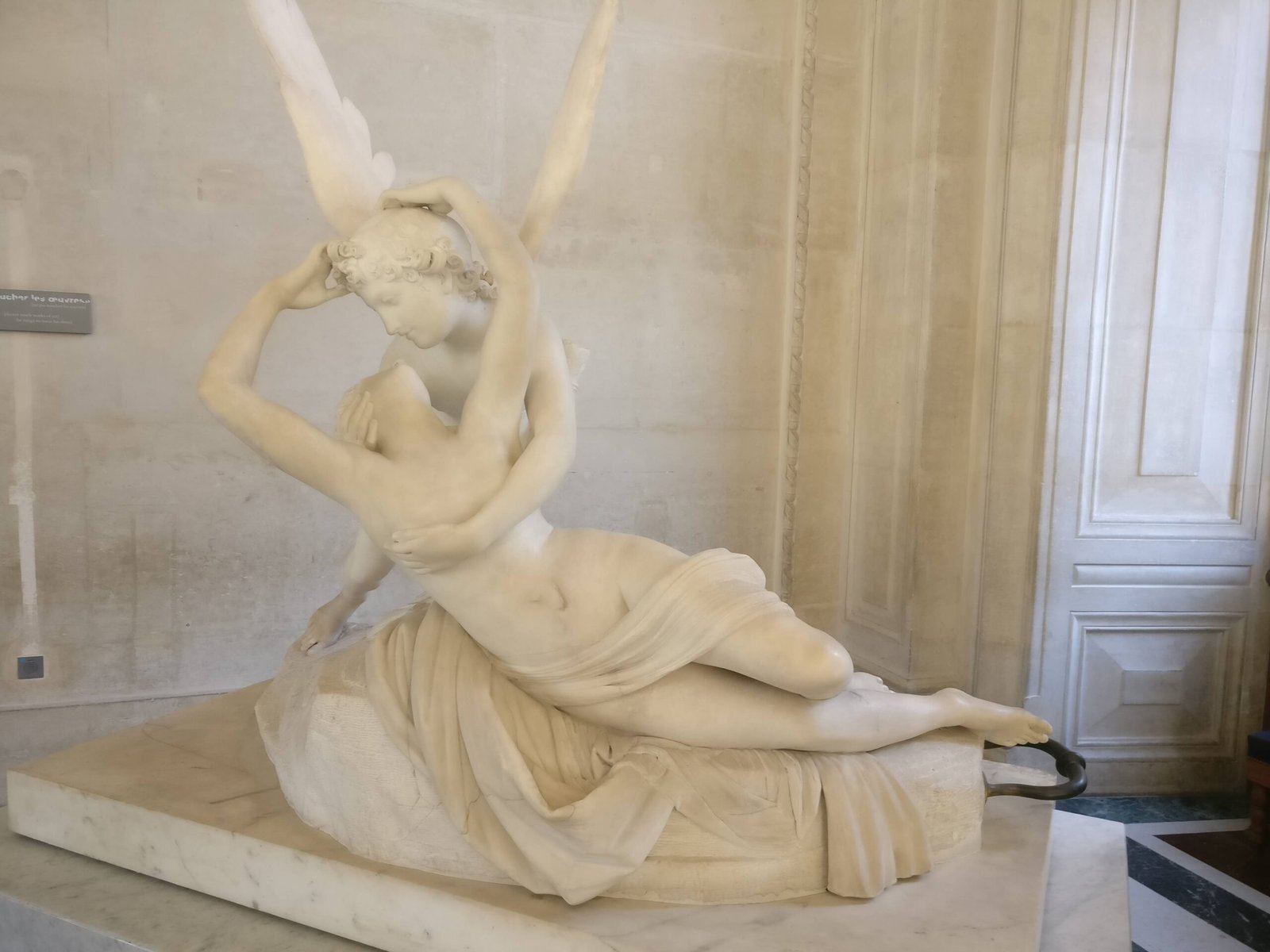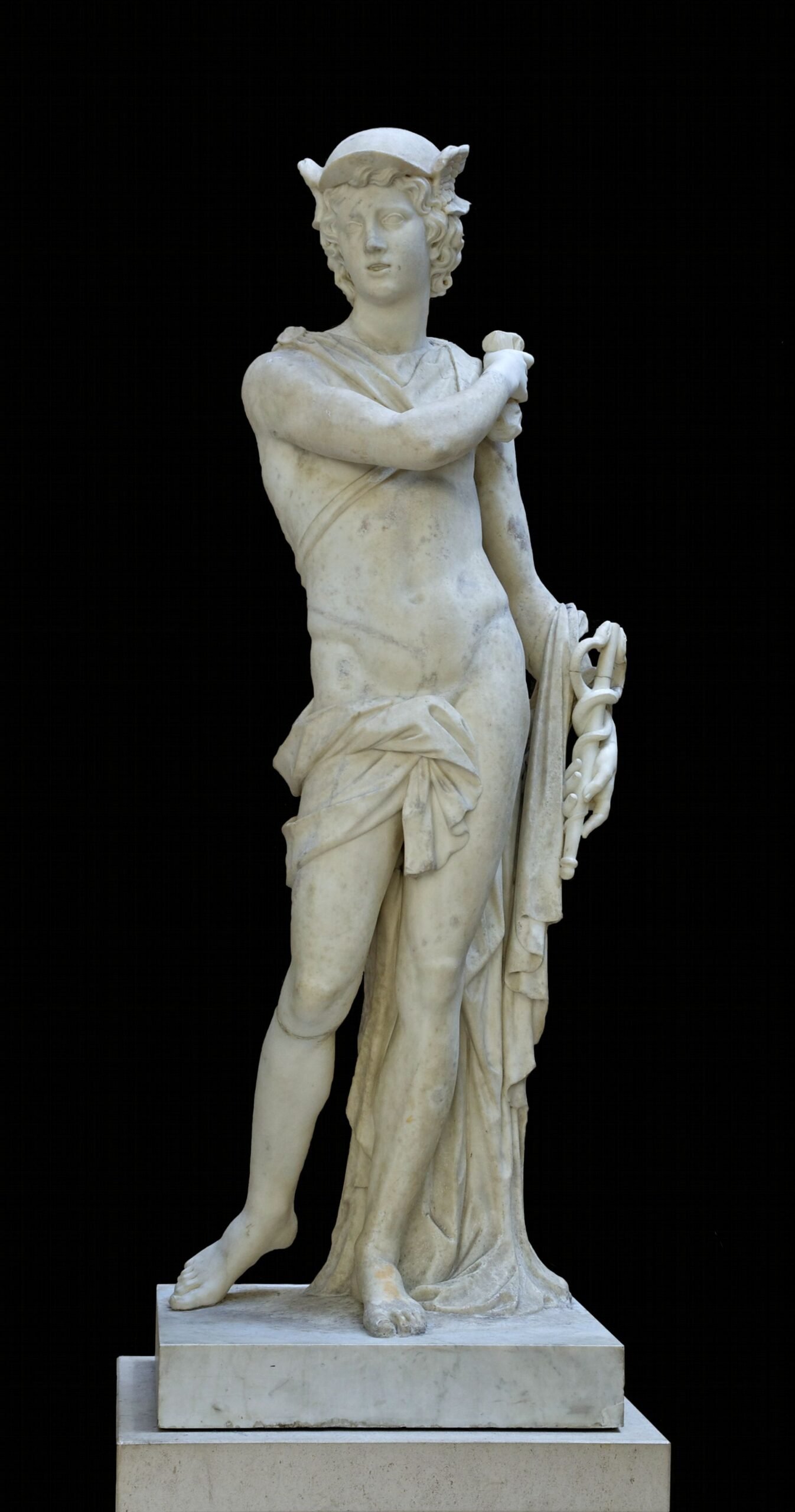The Louvre Museum Napoleon Hall, more accurately known as the Napoleon III Apartments, is a testament to the opulence and grandeur of the Second Empire period in France. Located in the Richelieu wing of the world-renowned Louvre Museum, these apartments span nearly 1,000 square meters and comprise 11 meticulously decorated rooms. Designed by architect Hector-Martin Lefuel between 1854 and 1857, the apartments served as a luxurious setting for official state functions and private meetings, embodying the power and prestige of Napoleon III’s reign.
What is the Historical Significance of the Napoleon III Apartments?

The Napoleon III Apartments hold immense historical importance as they represent a crucial period in French history. Here are some key points:
- Construction Period: Built between 1854 and 1857
- Commissioner: Napoleon III (Louis-Napoléon Bonaparte)
- Architect: Hector-Martin Lefuel
- Purpose: Served as official state rooms and private meeting spaces
- Historical Context: Part of the Louvre’s expansion during the Second Empire
These apartments were not just living quarters but also a symbol of imperial power and a showcase of French craftsmanship and artistry.
What Architectural Features Define the Napoleon III Apartments?

The architectural splendor of the Napoleon III Apartments is evident in every detail. Let’s explore some of its defining features:
- Lavish Materials:
- Silk and velvet upholstery
- Extensive use of gold leaf
-
Carved wood paneling
-
Ornate Decorations:
- Grand arches
- Intricate moldings
- Imperial insignia
-
Caryatids (sculptured female figures serving as architectural supports)
-
Artistic Elements:
- Paintings by renowned artists like Charles-Raphaël Maréchal
-
Frescoes and murals depicting historical scenes
-
Room Layout:
- Antechamber
- Introductory Gallery
- Petite Apartments
- Grand Salon
- Dining rooms
The design reflects the Second Empire’s architectural style, emphasizing grandeur and elegance in every aspect.
How Can Visitors Experience the Napoleon III Apartments?
Experiencing the Napoleon III Apartments is a unique journey into France’s imperial past. Here’s what visitors need to know:
Tour Options:
- Guided Tours: Often part of larger Louvre tours or specialized historical apartment tours
- Self-Guided Visits: May be available during certain hours (check with the museum)
Visitor Information:
- Access: Generally accessible, but may have restricted times
- Duration: Tour length varies, typically 1-2 hours
- Cost: Included in general Louvre admission, special tours may have additional fees
- Booking: Advance booking recommended, especially for guided tours
What to Expect:
- A glimpse into 19th-century imperial life
- Stunning examples of Second Empire decorative arts
- Insights into French political and cultural history
What Are the Must-See Highlights of the Napoleon III Apartments?
When visiting the Napoleon III Apartments, don’t miss these highlights:
- The Grand Salon:
- Central gathering space
- Exemplifies Second Empire opulence
-
Features intricate ceiling frescoes
-
The Dining Room:
- Lavishly decorated for state dinners
-
Showcases fine French porcelain and silverware
-
The Study:
- Intimate space used by Napoleon III
-
Houses personal artifacts and period furniture
-
The Throne Room:
- Symbol of imperial power
-
Features the original throne of Napoleon III
-
The Empress’s Apartments:
- More private quarters
- Reflects the personal taste of Empress Eugénie
Each room offers a unique perspective on the life and times of the French imperial court.
How Does the Napoleon III Apartments Compare to Other Louvre Exhibits?
The Napoleon III Apartments stand out from other Louvre exhibits in several ways:
| Aspect | Napoleon III Apartments | Other Louvre Exhibits |
|---|---|---|
| Focus | 19th-century French history | Various art periods and cultures |
| Experience | Immersive historical setting | Traditional museum displays |
| Artifacts | In-situ period furnishings | Curated artworks and artifacts |
| Scale | Entire living quarters | Individual galleries |
| Visitor Interaction | Walk-through experience | Viewing from a distance |
This unique exhibit offers visitors a chance to step back in time and experience the grandeur of imperial France firsthand.
What Conservation Efforts Maintain the Napoleon III Apartments?
Preserving the Napoleon III Apartments is a continuous effort. The Louvre Museum employs several conservation strategies:
- Climate Control: Maintaining optimal temperature and humidity levels
- Light Management: Using special lighting to prevent fading of fabrics and paintings
- Restoration Work: Regular cleaning and repair of delicate surfaces
- Visitor Management: Controlled access to prevent wear and tear
- Documentation: Detailed records of the apartments’ condition and history
These efforts ensure that future generations can continue to experience this slice of French imperial history.
By exploring the Napoleon III Apartments, visitors to the Louvre Museum gain a unique perspective on French history, art, and culture. This often-overlooked gem within the world’s most famous museum offers an unparalleled glimpse into the opulence and grandeur of the Second Empire, making it a must-see for history enthusiasts and art lovers alike.

